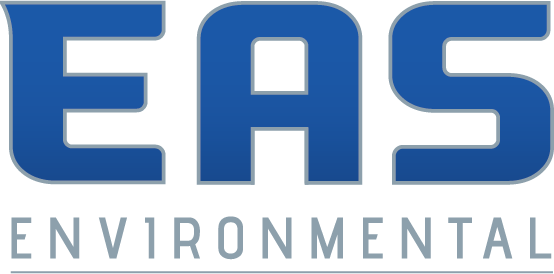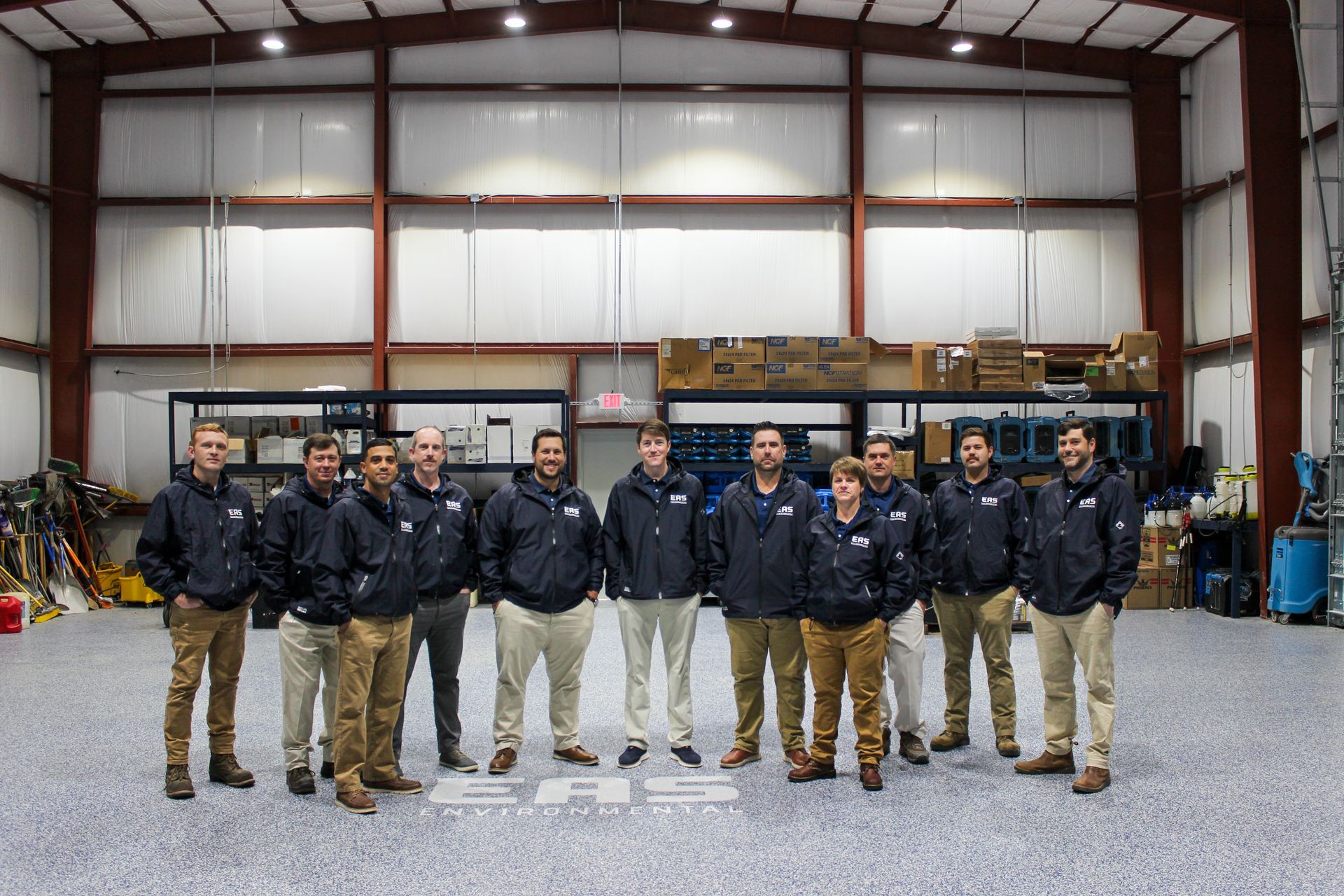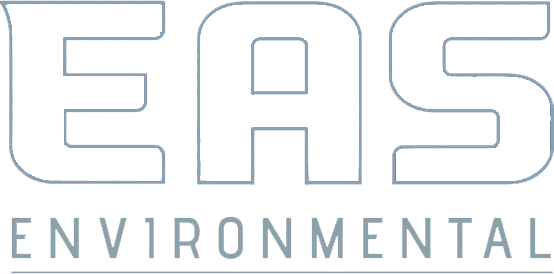
Mold remediation is a critical home maintenance task that affects health and property values. When a mold infestation is discovered, homeowners are often faced with a crucial decision: to tackle the issue themselves or to bring in professional help. Both options come with their own set of pros and cons, and it's vital to understand the risks and benefits associated with each route.
Homeowners should consider various factors such as the extent of the mold growth, the underlying cause, any potential health risks, and the available budget and time. In this comprehensive guide, we will examine the criteria you can use to make a well-informed decision on whether to engage in DIY mold removal or to seek help from certified professionals.
The DIY Approach to Mold Remediation
When mold is discovered in the home, the first instinct for many is to address the issue immediately. While smaller instances of mold can be safely handled without professional intervention, it's important to approach the process with caution and the right knowledge.
Assessment and Planning
The initial step is to assess the extent of the mold growth, identify the type of mold present, and locate the source of moisture that is fostering its growth. This may require a degree of investigative work, such as checking hidden areas behind walls and under carpets. A thorough assessment will inform the plan for remediation, including the materials and techniques that will be necessary.
Equipment and Materials
To effectively remove mold, you will need the appropriate protective gear, such as respirators and gloves, as well as mold-specific cleaning products. Some DIY approaches may advocate using common household products like bleach, but it's crucial to understand the limitations of these methods. While they can effectively clean surface mold, they may not be sufficient for more extensive or systemic mold problems.
Remediation Techniques
DIY methods often involve scrubbing visible mold growth from surfaces with a detergent solution, drying the area to prevent regrowth, and disposing of contaminated materials. Encountering larger mold infestations or hidden growth can make this process more complex, potentially requiring more invasive techniques like sealing off the area to prevent mold spores from spreading.
Professional Mold Remediation Services
Professional mold remediation services are typically employed for larger or more complex mold issues, or when the health risks are significant. Certified mold remediation experts have the training, equipment, and experience necessary to safely and effectively remove mold from homes.
Assessment and Planning
One of the primary benefits of professional services is the rigorous assessment and comprehensive planning they provide. Professionals are adept at identifying the extent of the mold growth, determining the species present, and locating all affected areas, often using advanced tools like moisture meters and thermal imaging.
Mold Removal and Remediation
Professional remediators follow the industry's best practices, which may include containment procedures to prevent the spread of mold spores, HEPA filtration to clean the air, and the use of specialized cleaning agents. They also ensure that conditions that led to mold growth — such as leaks or excessive humidity — are addressed to prevent future issues.
Verification of Remediation
After the mold is removed, professionals conduct a final inspection and may use clearance testing to ensure that the remediation was successful. This verification process offers peace of mind and documentation that can be valuable for homeowners and prospective buyers.
Making an Informed Decision
Deciding whether to handle mold remediation on your own or hire professionals is not always straightforward. Here are several factors to consider to guide your decision-making process:
Size and Scope of the Infestation
If the mold covers an area larger than 10 square feet or if it is caused by sewage or contaminated water, professional help is recommended. DIY efforts are suitable for smaller, isolated instances where the source of moisture is quickly addressed.
Health Risks and Occupants
Individuals with existing health conditions, children, and the elderly are more susceptible to the negative effects of mold exposure. If there are vulnerable occupants in the home, professional services are likely the safest option. Professionals are also trained to handle hazardous materials and may be necessary for toxic mold strains.
Future Prevention
Addressing the immediate mold problem is only part of the solution. Professionals can offer advice and services to prevent mold from returning, such as installing dehumidifiers, improving ventilation, and making structural repairs.
Cost and Insurance
The cost of professional mold remediation can be significantly higher than DIY efforts, but it often covers more comprehensive services and the peace of mind that the job is done right. It's worth considering the potential long-term savings on health care and property value, especially when insurance may cover professional services but not DIY efforts.
Best Practices for Both DIY and Professional Mold Remediation
Regardless of which route you choose, several best practices apply to all mold remediation efforts:
Address the Moisture Source
Mold thrives in damp conditions, so addressing the moisture problem is critical. This could involve repairing leaks, improving ventilation, or using dehumidifiers.
Protective Gear and Precautions
Always use proper protective equipment, such as gloves, goggles, and N-95 respirators, to avoid exposure to mold spores and cleaning chemicals.
Proper Disposal
Dispose of moldy materials in a manner that prevents further contamination. This may involve sealing them in heavy-duty bags or containers before removal from the home.
Cleaning Techniques
Scrub surfaces with a non-ammonia detergent or specialized mold cleaner, using a brush to reach into crevices. Vacuum with a HEPA filter to capture mold spores that may become airborne.
Ventilation
After cleaning, ensure the area is well-ventilated to speed up the drying process and minimize the risk of moisture build-up, which can lead to new mold growth.
In conclusion, mold remediation is a task that should not be taken lightly. It requires a careful assessment, a thoughtful approach, and sometimes professional intervention. By considering the severity of the infestation, the health risks, and the long-term prevention strategies, homeowners can make the best decision for their situation. Whether tackling mold on your own or bringing in experts, the goal is the same: to create a safe, healthy living environment.
Contact EAS Environmental Today!
EAS Environmental will do everything we can to ensure your experience with us is excellent.
Request A FREE Estimate
Request a Free Estimate Form
We will get back to you as soon as possible.
Please try again later.
Checkout Recent Post
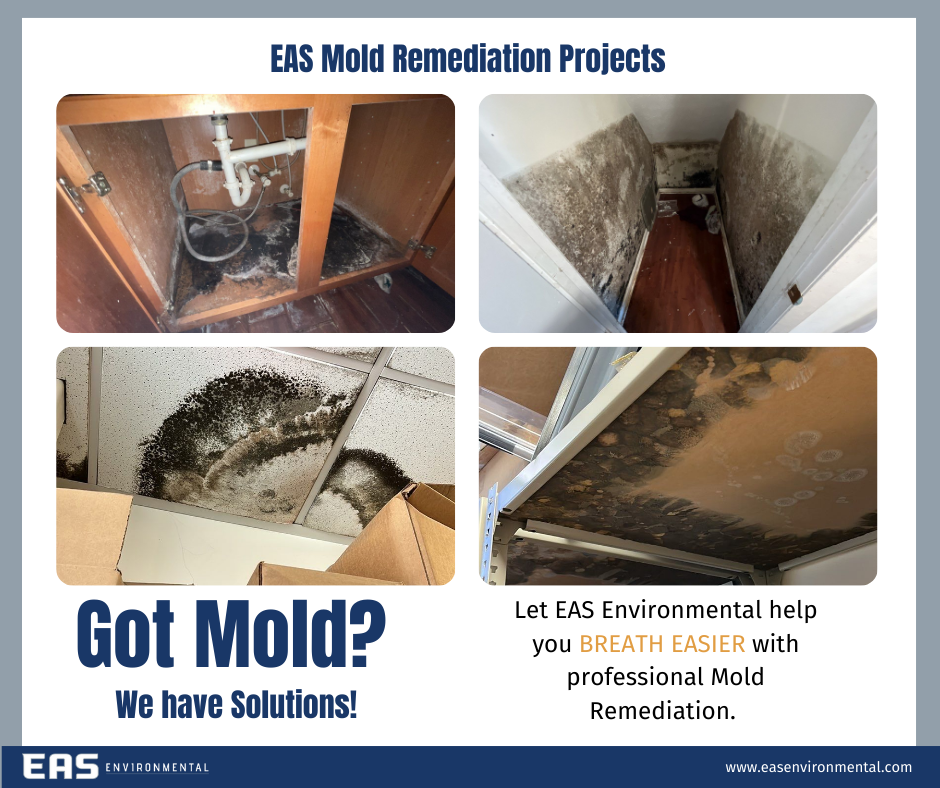
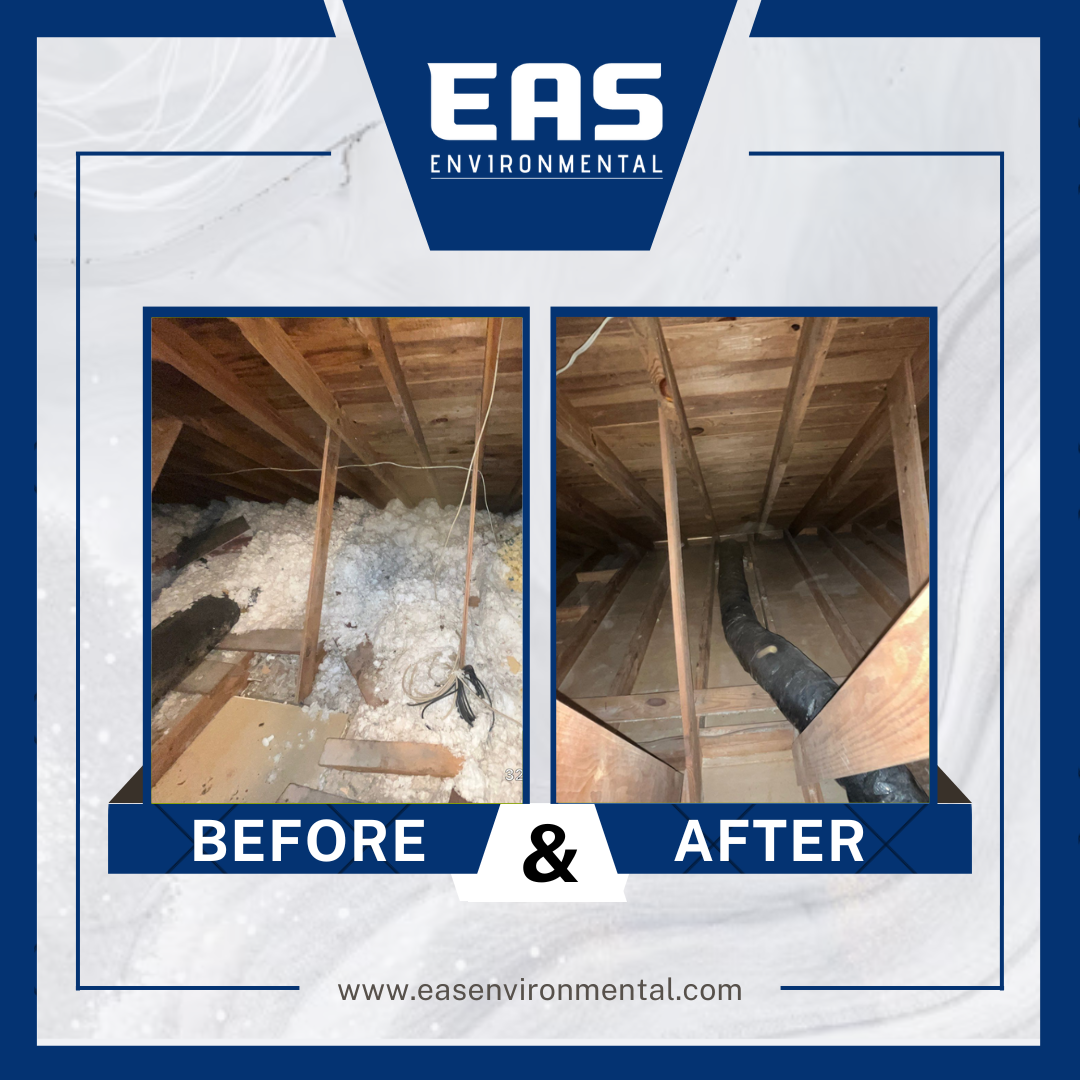

Got a Question? We’re Here to Help.
You can arrange an appointment or make an enquiry by phone or email, orget in touch to us via our contact form.
EAS Environmental is a specialty asbestos and lead abatement and demolition company that service the state of South Carolina.
CONTACT INFORMATION
Phone: 843-977-3273
Email: sturner@easenvironmental.com
Address: 125 Bud Lane Ladson, SC 29486
All Rights Reserved | EAS Environment
Privacy Policy | Terms & Conditions | Sitemap
